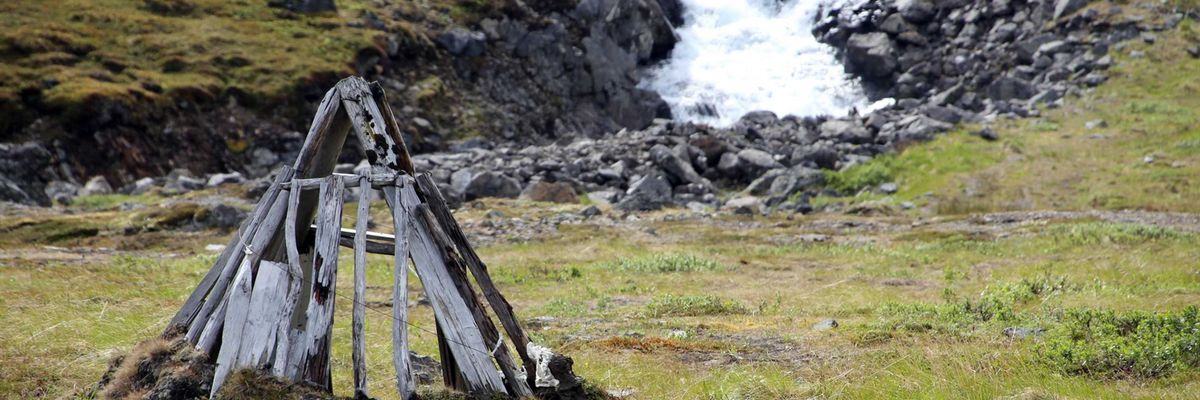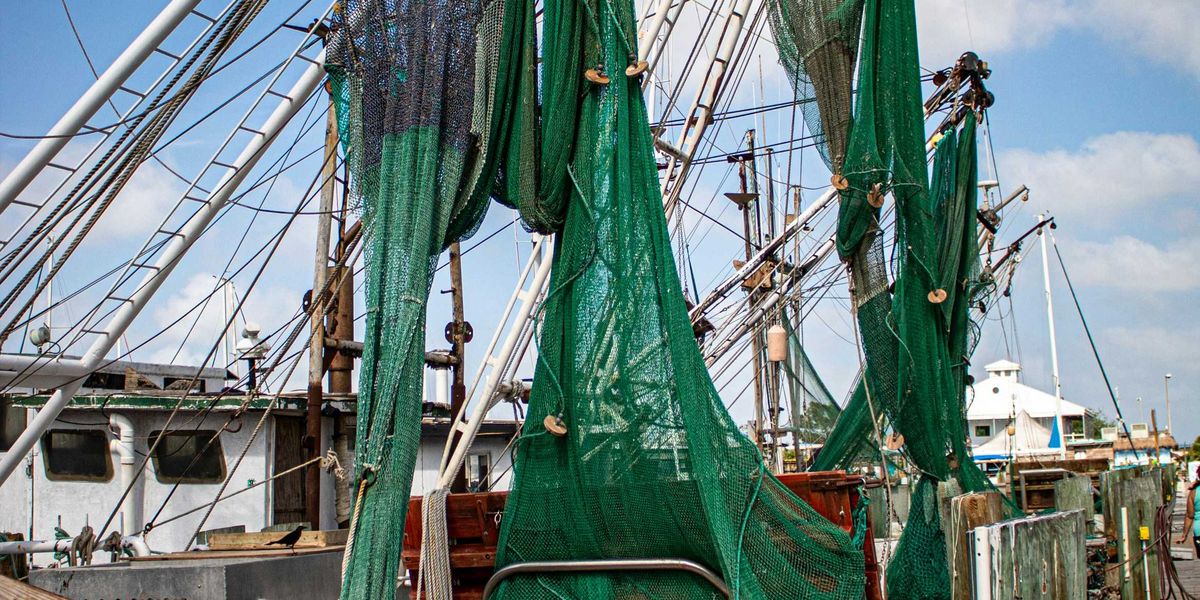marshland
Newsletter
Turning mud into marshland in San Francisco Bay
San Francisco Bay's scientists are pioneering marshland restoration techniques to preserve critical habitats and protect against coastal erosion.
In short:
- San Francisco Bay is in dire need of over 545 million tonnes of dirt by 2100 to save its marshlands from rising sea levels.
- The US Army Corps of Engineers is testing a "shallow placement" method, allowing tides to distribute dredged sediment, aiming for a less invasive restoration.
- This project is crucial for endangered species like the Ridgway’s rail, and if successful, could redefine ecological restoration efforts in the area.
Why this matters:
Marshlands act as natural buffers, absorbing storm surges and high tides, thereby reducing the risk of flooding to coastal communities. By restoring these areas, the Bay Area enhances its natural defenses against the increasing threat of sea level rise and extreme weather events associated with climate change.
Related: In California, salt taints soil, threatening food security.
Keep reading...Show less
www.wbur.org
Live-streaming a Plymouth Marshland for fun — and science
Researchers from MIT have hidden audio and video recording devices all over Tidmarsh Wildlife Sanctuary in Plymouth, as a way to create a virtual world that helps students and others learn more about the marsh.
Newsletter
www.sandiegouniontribune.com
Environmentalists want more marshland in Mission Bay to fight sea level rise
San Diego’s proposed redevelopment of Mission Bay Park’s northeast corner could include significantly more marshland if city officials embrace new proposals from local environmentalists concerned about sea level rise.
ORIGINAL REPORTING
MOST POPULAR
CLIMATE









